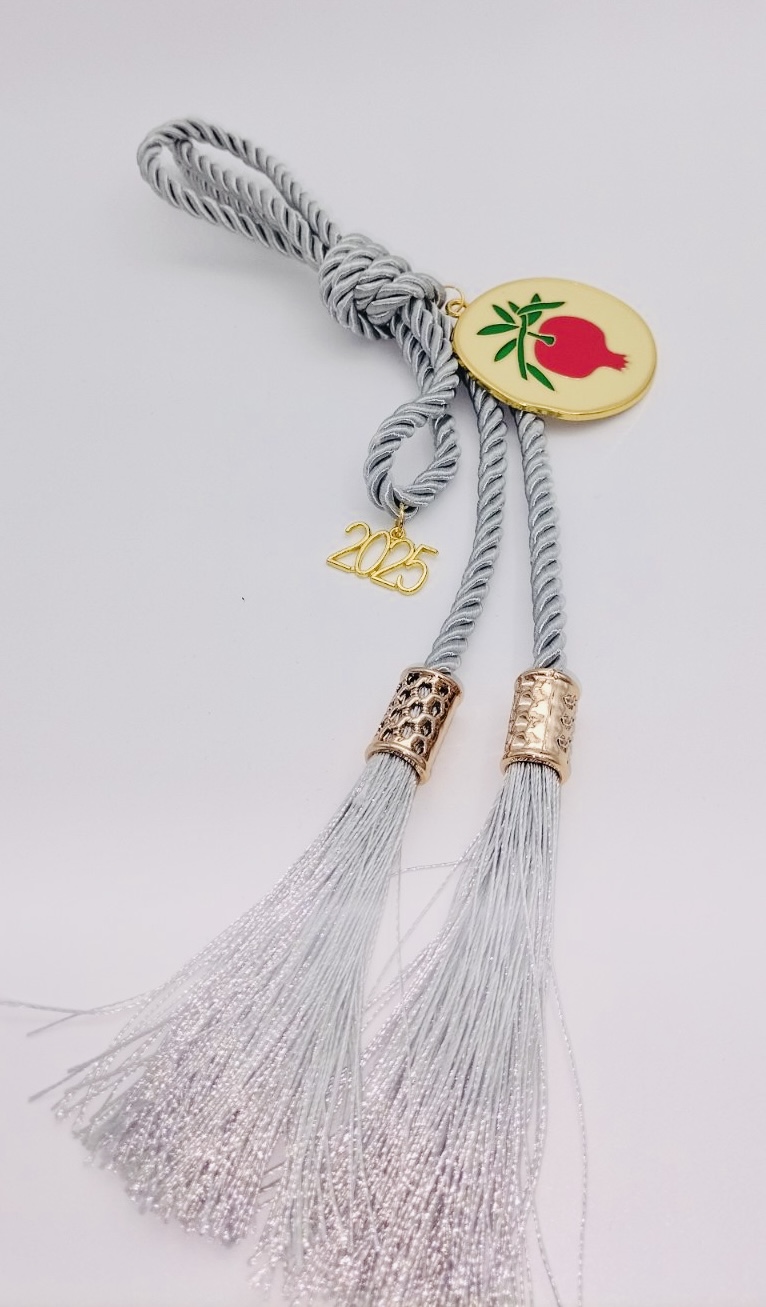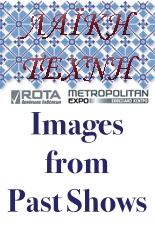Categories
Byzantine Icons▾
Church Supplies▾
Incense Burners & Orthodox Incense▾
Orthodox Crosses▾
Vigil Oil Candles▾
Candle Stands▾
Ex-Voto Tamata Milagros▾
Orthodox Gifts▾
Orthodox CD & Book Library▾
Vestments, Traditional Costumes & Church Linens▾
Covers Of The Holy Grail
Ecclesiastical Ribbons
Epitaph Cover Koimesis
Epitaph Covers Mourners
Holy Communion Cup Covers
Holy Communion Purificators & Accessories
Iconostasis Orthodox Cover
Orthodox Antimension
Orthodox Belts
Orthodox Cotton Cases and More
Orthodox Cufflinks
Orthodox Flags & Banners
Orthodox Greek Flag With Holy Icons
Shroud
Traditional Greek Costumes
Velvet Orthodox Garment & Prayers
Vestment Embroidery Derocations
Vestment Fabrics
Vestments for Altar Boy
Rassa - Anteri
Baptism Clothing
Clerics Hats
Cemetery Funeral Products▾
Church Supplies▾
Incense Burners & Orthodox Incense▾
Orthodox Crosses▾
Vigil Oil Candles▾
Candle Stands▾
Ex-Voto Tamata Milagros▾
Orthodox Gifts▾
Orthodox CD & Book Library▾
Vestments, Traditional Costumes & Church Linens▾
Covers Of The Holy Grail
Ecclesiastical Ribbons
Epitaph Cover Koimesis
Epitaph Covers Mourners
Holy Communion Cup Covers
Holy Communion Purificators & Accessories
Iconostasis Orthodox Cover
Orthodox Antimension
Orthodox Belts
Orthodox Cotton Cases and More
Orthodox Cufflinks
Orthodox Flags & Banners
Orthodox Greek Flag With Holy Icons
Shroud
Traditional Greek Costumes
Velvet Orthodox Garment & Prayers
Vestment Embroidery Derocations
Vestment Fabrics
Vestments for Altar Boy
Rassa - Anteri
Baptism Clothing
Clerics Hats
Cemetery Funeral Products▾
Quick Find
Price Range
Results for Orthodox Cotton Cases and More
Price : 7.92 USD to 49.27 USD
0 items
Currencies
Phone: +30.2103230345 , Fax: +30.2103230346 , email: [email protected] , Evripidou 90 Str - 1st floor 105 53 Athens - GREECE
Copyright © 2024 Orthodox Family www.Nioras.com Online Christian Art Store. Greek Orthodox Incense, Holy Icons, Church Supplies







